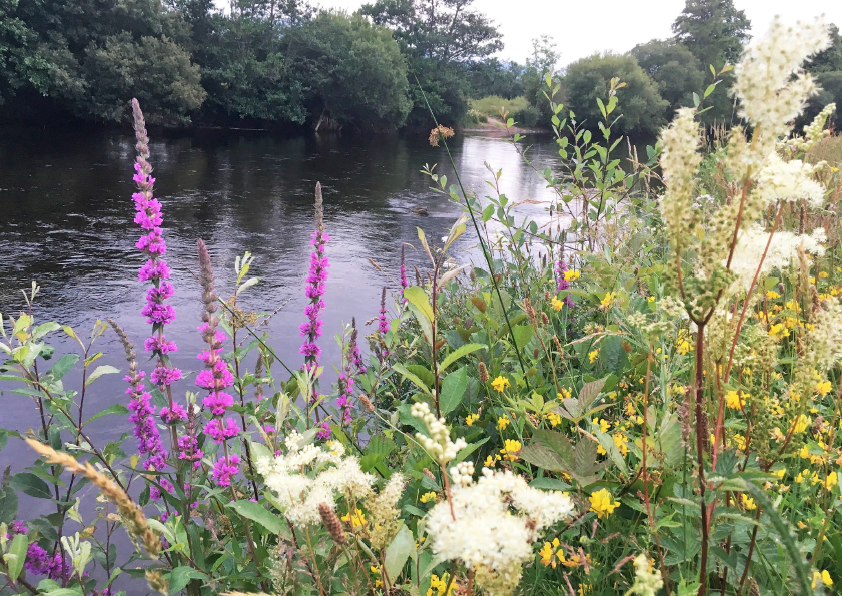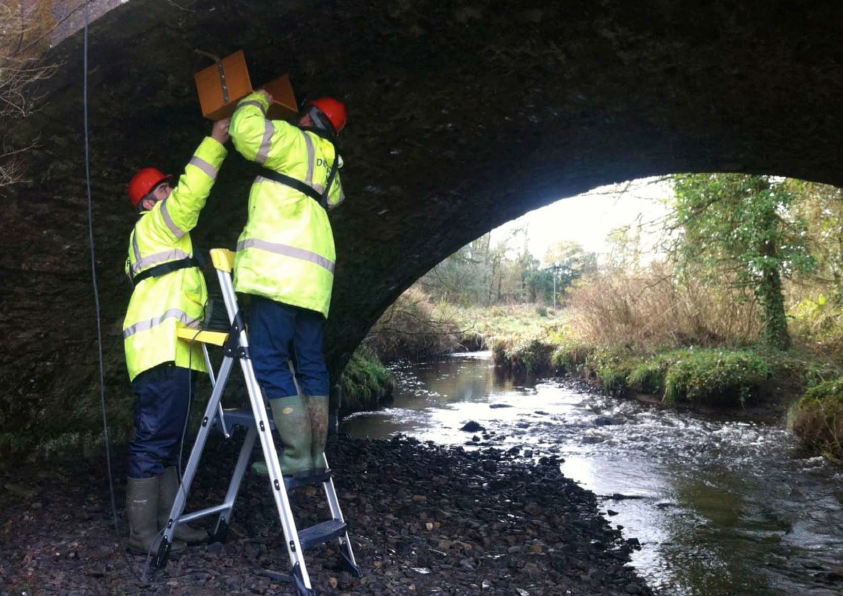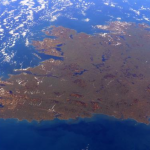The Local Authority Waters & Communities Office are pleased to…
LEADER – Working with water and biodiversity: a guide for community groups
The Local Authority Waters Programme has written guidance for communities on environmental projects that can be funded through the LEADER programme 2014-2020.

This booklet has a full guide for anyone who is thinking of applying for LEADER funding for water or biodiversity projects. It includes examples and ideas for potential projects:
| Think projects…. | …think river catchments |
| Planting of native wildflowers and vegetation in a habitat restoration project | Fish passage projects |
| Silt trapping or ‘Slow the flow’ Natural Water Retention Measures, such as the addition of large woody debris to drains | Tree planting and riparian biodiversity work |
| Rain gardens and Sustainable Urban Drainage Schemes (SuDS) | Citizen science led by anglers |
| Innovating monitoring techniques | Bespoke breeding boxes for birds and mammals |
| Rainwater harvesting on roof of buildings and use of recycled water | Wetlands to promote wildlife and reduce pollution and flooding |
| Coastal or lake nature safari and stewardship project by local anglers and recreational water users | Removal of invasive species and biosecurity planning |
| Putting a plan together: feasibility studies and planning involving the catchment community | |
| Outdoor biodiversity classroom |
Protecting and enhancing water quality in a community can have many benefits for people living locally: we all want to have good water. All our waterways are important, and work can be on everything from a small drain or stream to larger waterways such as rivers, lakes and coastal waters.
Ireland has some of the best waters in Europe, including High Status waters which are especially important for species like Atlantic salmon and Freshwater Pearl Mussels. Lots of our wildlife is now threatened with extinction and needs active support from communities all around Ireland. This booklet is an excellent guide to what your community can do.
Learn more:
Hard copies of Working with water and biodiversity: a guide for community groups are available from the Local Authority Waters Programme – email info@lawaters.ie or contact your local Community Water Officer.

LEADER: enabling community-led rural development
Since its launch in 1991, LEADER has provided rural communities across the European Union with the resources to enable local partners to actively engage and direct the local development of their area, through community-led local development. In Ireland, under the LEADER Programme for 2014-2020, a budget of €250 million in grant aid is being provided to support rural communities and local businesses.
The LEADER Programme is administered at a local level by 29 Local Action Groups (LAGs) who operate on administrative or county boundaries and are made up of local representatives from the community, public and private sector.
Each Local Action Groups is responsible for selecting and awarding LEADER funding to projects within their geographical area. A project must be aligned with the priorities of the Local Development Strategy (LDS). The LDS is a 5-year plan that was developed by the Local Action Groups, in conjunction with the rural community, to support the sustainable development of the area.
Grants are provided under the following themes and sub-themes:
- Economic Development, Enterprise Development and Job Creation
- Rural tourism; Enterprise development; Rural towns; Broadband
- Social Inclusion
- Basic services targeted at hard to reach communities; Rural youth
- Rural Environment
- Protection and sustainable use of water resources; Protection and improvement of biodiversity; Development of renewable energy
All of the LEADER themes have some relevance to water. Different
types of projects can be grant aided. These include:
- Training projects – up to 100% of a project can be grant funded
- Analysis and development – up to 90% of a project can be grant funded
- Capital projects – up to 50% grant aid for private project promoters, and up to 75% grant aid for community project promoters
In early 2018, the Local Authority Waters Programme (LAWPRO) met with the Department of Community and Rural Development to discuss how communities could better access LEADER funding for environmental projects. This followed an analysis by LAWPRO, based on discussions with community groups and potential applicants, the National Rural Network, LEADER company staff and CEOs on barriers limiting community take-up under the rural theme. The need for planning permissions and other associated requirements to be in place prior to the awarding of capital projects in environmentally sensitive areas was highlighted as a key blockage. This made projects in these areas more expensive and less attractive for groups to champion. To address this, LEADER rules have been changed so that permissions, Environmental Impact Statements, and Appropriate Assessments for projects under the Rural Environment theme can now be funded under LEADER.
Learn more:
Hard copies of Working with water and biodiversity: a guide for community groups are available from the Local Authority Waters Programme – email info@lawaters.ie or contact your local Community Water Officer.

clean water.







